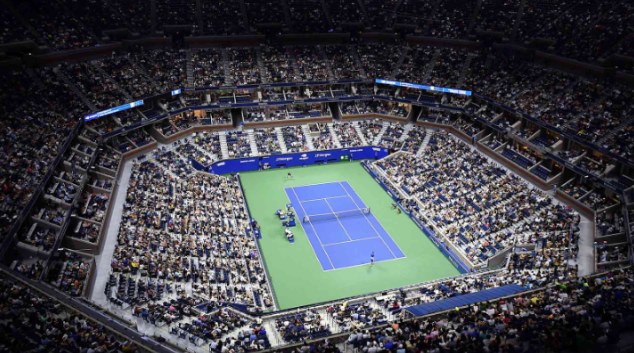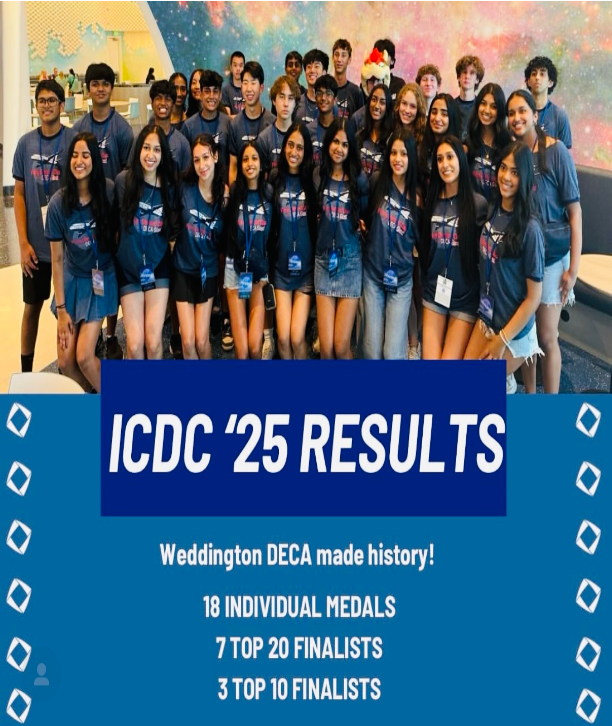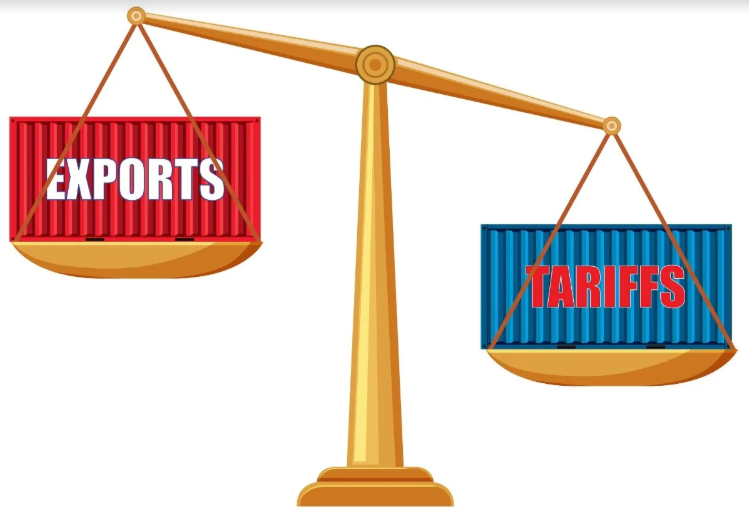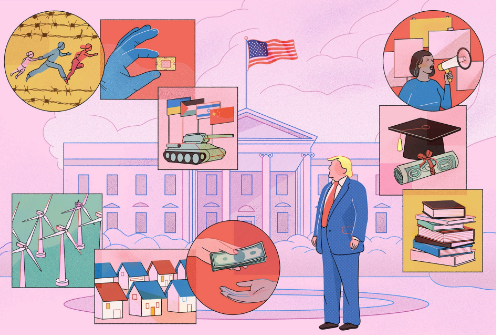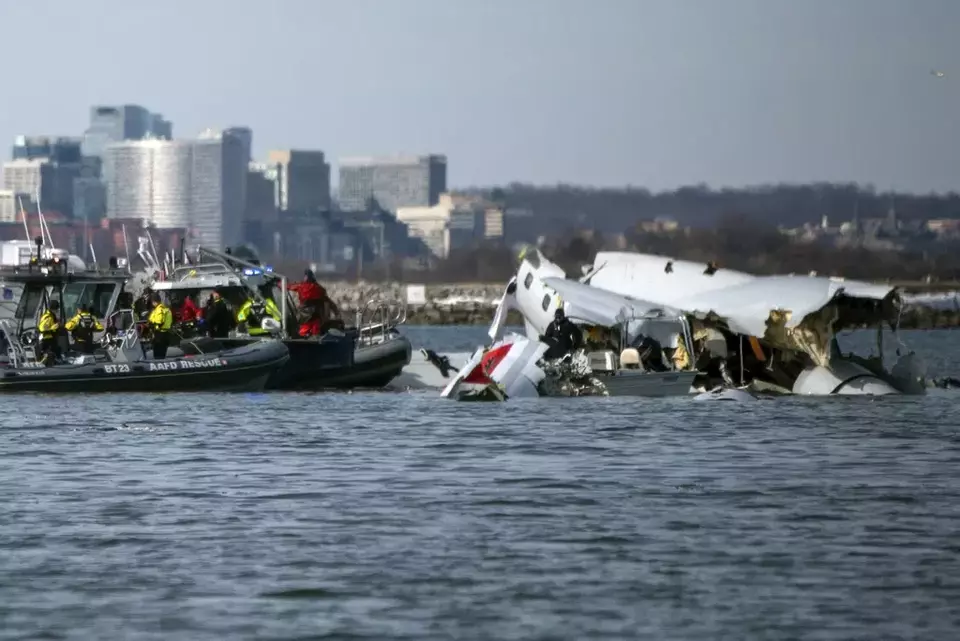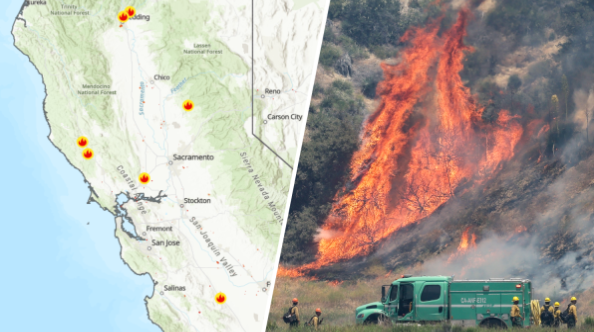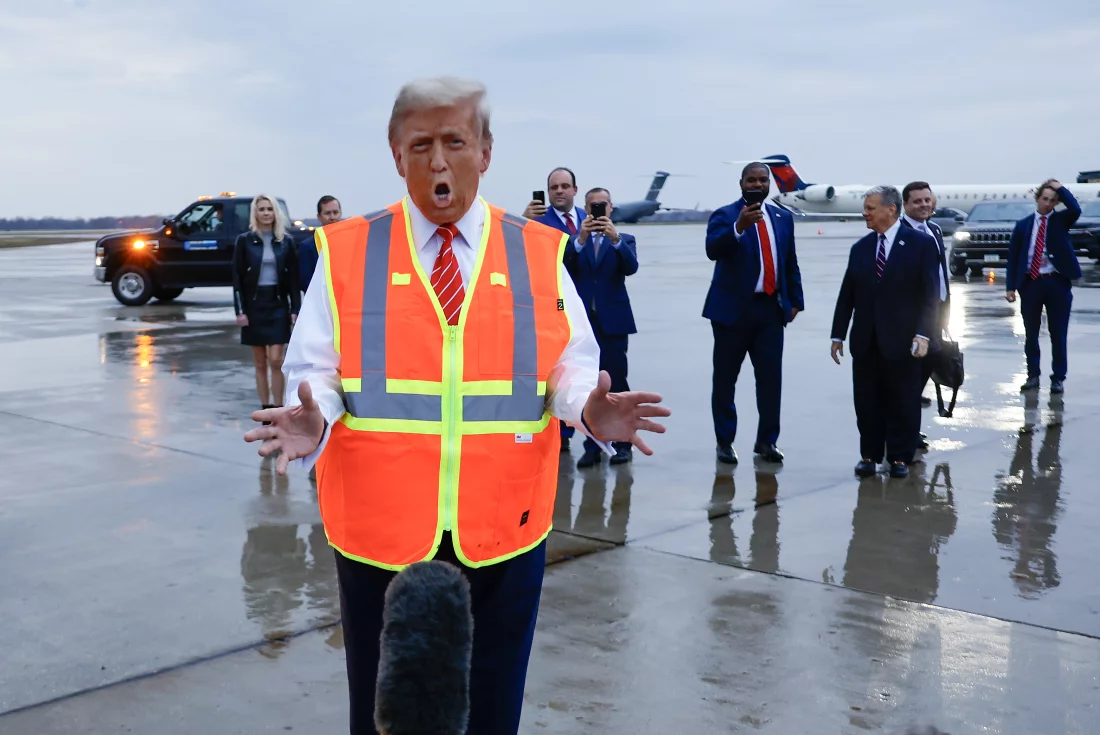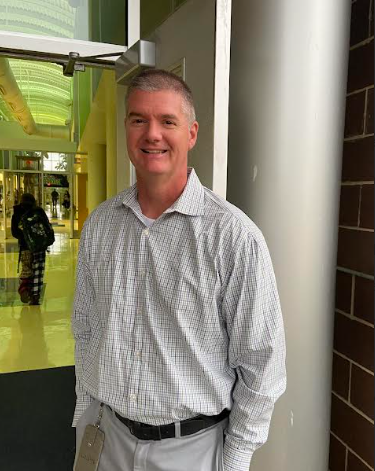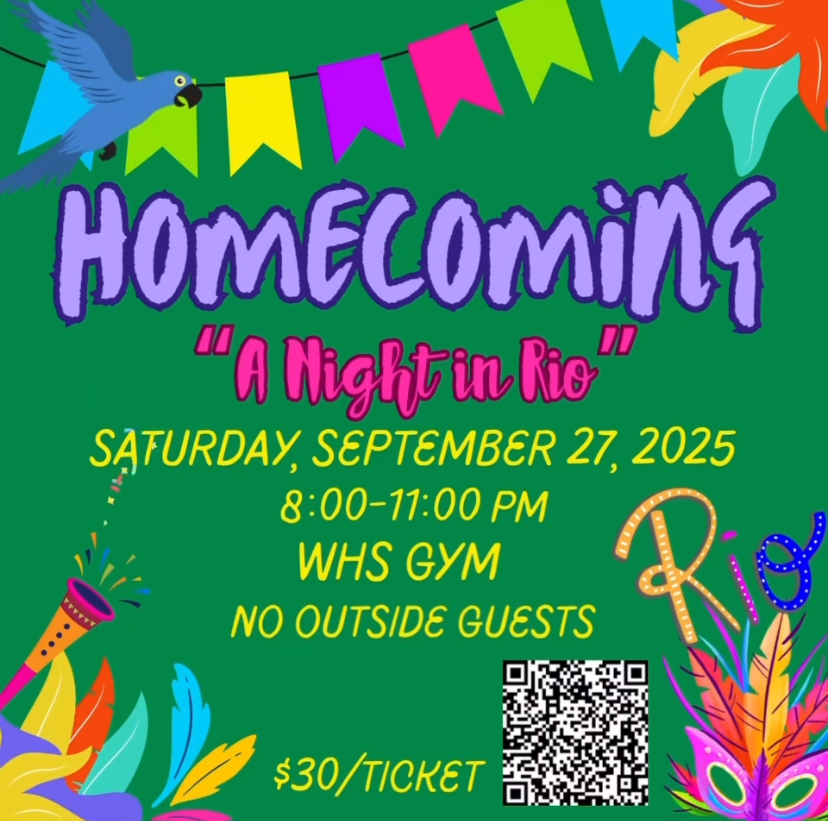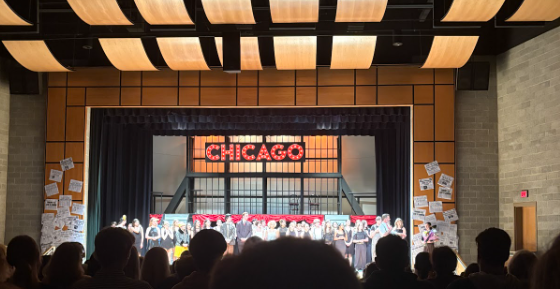New York City may be known as the “city that never sleeps,” but during late August and early September, it also becomes the “city of tennis.” The US Open, one of the world’s biggest tennis tournaments, draws nearly 750,000 fans from around the world to Flushing Meadows in Queens. Beyond the exciting matches, the tournament serves as a major economic engine for the city.
According to the United States Tennis Association (USTA), the US Open brings in over $1 billion in annual economic activity. Hotels across the city report occupancy rates climbing close to 95%, as visitors book rooms weeks in advance. Restaurants, from fine dining spots in Manhattan to small delis in Queens, see a 20–30% jump in business as fans look for places to eat before and after matches.
Transportation services also benefit. The Metropolitan Transportation Authority (MTA) says that the 7 train carries over 100,000 additional riders during the two-week event. Ride-sharing services and taxis also see a big spike in demand. Even small businesses, such as souvenir shops and local vendors near the Billie Jean King National Tennis Center, report sales that are two to three times higher than normal.
The tournament also creates thousands of seasonal jobs. In 2024, the USTA reported hiring about 7,000 temporary workers, from ushers and concession stand employees to security staff. “It’s not just about tennis, it’s about the jobs and money that flow into the community,” said a spokesperson for the USTA.
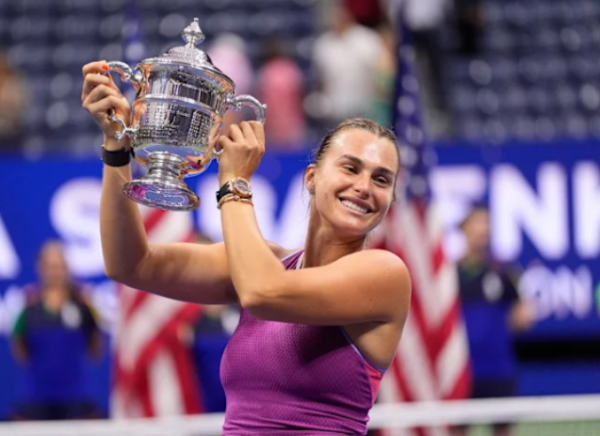
Fans from across the United States also make the trip to Queens. Many more watch from home like one Weddington high school student who said,“[The] US Open isn’t just about the trophies, it’s about the grind behind the scenes. Seeing the pros fight for every point inspires me to train harder, stay focused, and never give up, even when matches get tough. I want to bring that same energy to my own game.”
With international stars like Novak Djokovic, Coco Gauff, and Carlos Alcaraz drawing global attention, the US Open also boosts tourism in New York. Nearly 30% of ticket buyers come from outside the U.S., and many extend their trips to visit Times Square, Broadway, or Central Park. That extra tourism spending adds millions more to the city’s economy.
For New York City, the US Open is more than just a sporting event; it’s a two-week economic celebration that benefits businesses big and small. As the last Grand Slam of the year, it brings world-class tennis to fans while reminding everyone just how powerful sports can be in shaping a city’s financial health.



